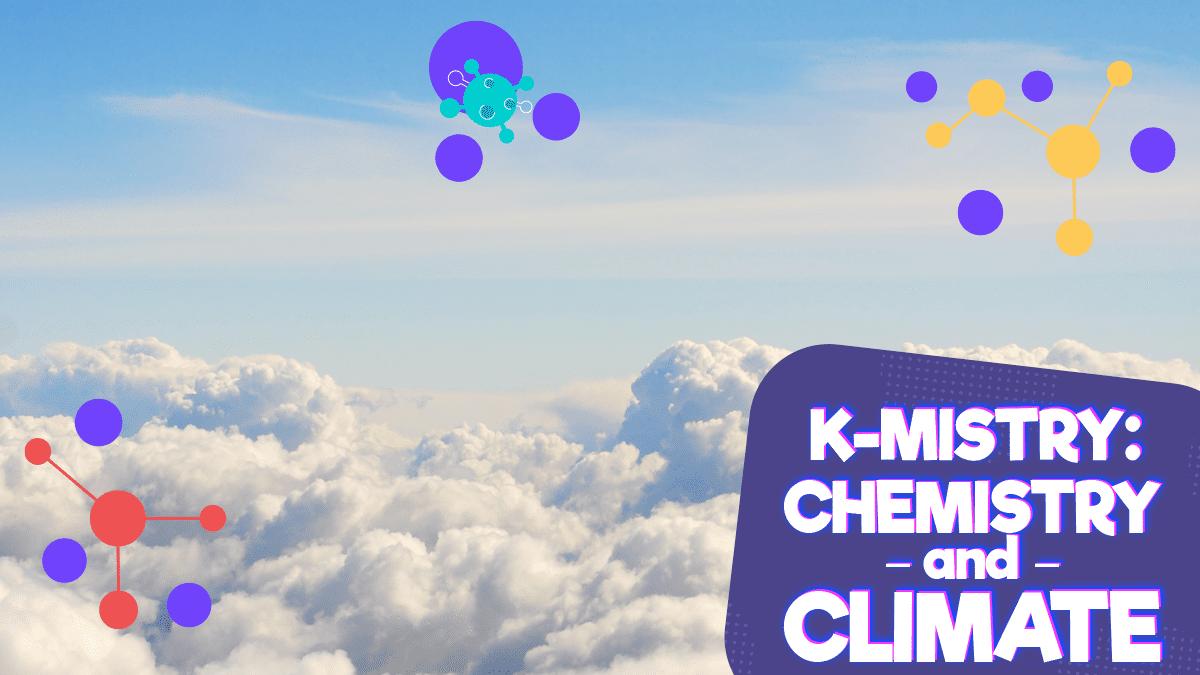Pollution in the atmosphere traps heat, causing the earth’s temperature to rise. So, reducing levels of air pollution is right at the heart of climate challenges we are facing.
It’s a problem that’s causing harm right now in lots of ways. Millions of people die each year as a result of air pollution. So, by improving air quality, we can save lives – right now.
But unlike rubbish that might be dropped on the streets, we normally can’t see air pollution. Well, scientists have done lots of research and found that even small levels of pollution in the air we breathe can cause serious health problems. Sometimes things are quite visible…
At the Acropolis in Greece, like many old buildings across the world, the stonework is slowly being eroded by pollutants like sulphur dioxide and nitrogen oxide that we create from our factories and vehicles.
Whilst in the Amazon rainforest, other pollutants, such as ground level ozone, affect vegetation and reduce the amount of crops that can be grown.
When you think about it, air is all about chemistry. It’s made up of gases and particles of different chemicals. In facts it’s a right CARNIVAL of chemistry!
Chemicals naturally react with other chemicals to create other substances – and these include pollutants like ozone. Then there are other air pollutants that are more man-made, like sulphur dioxide.
The biggest human contributors to air pollution are fossil fuel power stations, our transport network and factories, and not forgetting heating our homes.
Understanding how all of these fit together can help us find solutions, for example, chemists have created a “master chemical mechanism’.
It’s just a way to describe some of the chemical reactions that take place in the lower atmosphere. It helps those that make laws test how effective the changes they’re planning would be… so they can choose the best plan.
Did you know that chemists have discovered that trees are a source of high levels of organic pollutants during heatwaves?
Trees do a WHOLE BUNCH of great stuff reducing carbon in the atmosphere, but tree pollen can make the air quality poorer. There’s loads of different stuff that we need to know to plan and stay healthy.
Some chemists work to monitor air quality, helping find connections and causes. There’s a network of 300 air quality monitoring across the UK measuring a range of pollutants.
Through their work, chemists can help us clean up the air around roads – from inventing cleaner fuels to better batteries for electric vehicles so fewer fossil fuels and minerals are used. For petrol and diesel vehicles, they developed catalysts and filters to reduce pollutants that are released.
And it’s not just cleaner cars – some chemists are working on new fabrics so that the clothes we wear help purify the air. And buildings can play their role too – using better building materials as well as plants can help improve air quality, keep buildings cool in the summer and warm in winter heat, and make things, well look nicer!
Here’s an Air Quality Experiment you can do at home:
Materials
3-4 clear plastic plates
Permanent marker
Petroleum jelly
Masking tape/poster putty
3-4 blank pieces of paper
Magnifying glass
Procedure
Use a permanent marker to label each of your plates with a different location around the house (bedroom, kitchen, living room, etc.). The experiment is about Indoor Air Quality, but you could place at least one plate outside too.
After your plates are labelled, spread a thin layer of petroleum jelly on each. To make the experiment fair, be sure to use the same amount of jelly on each plate.
Use your masking tape or putty to hang the plates in their respective rooms.
Wait 2-3 days and then collect your plates.
Place each plate on a piece of white paper and use the magnifying glass to observe the different particles that were collected.
Created with the support of a Royal Society of Chemistry Outreach Fund grant, and with assistance from Bayer









